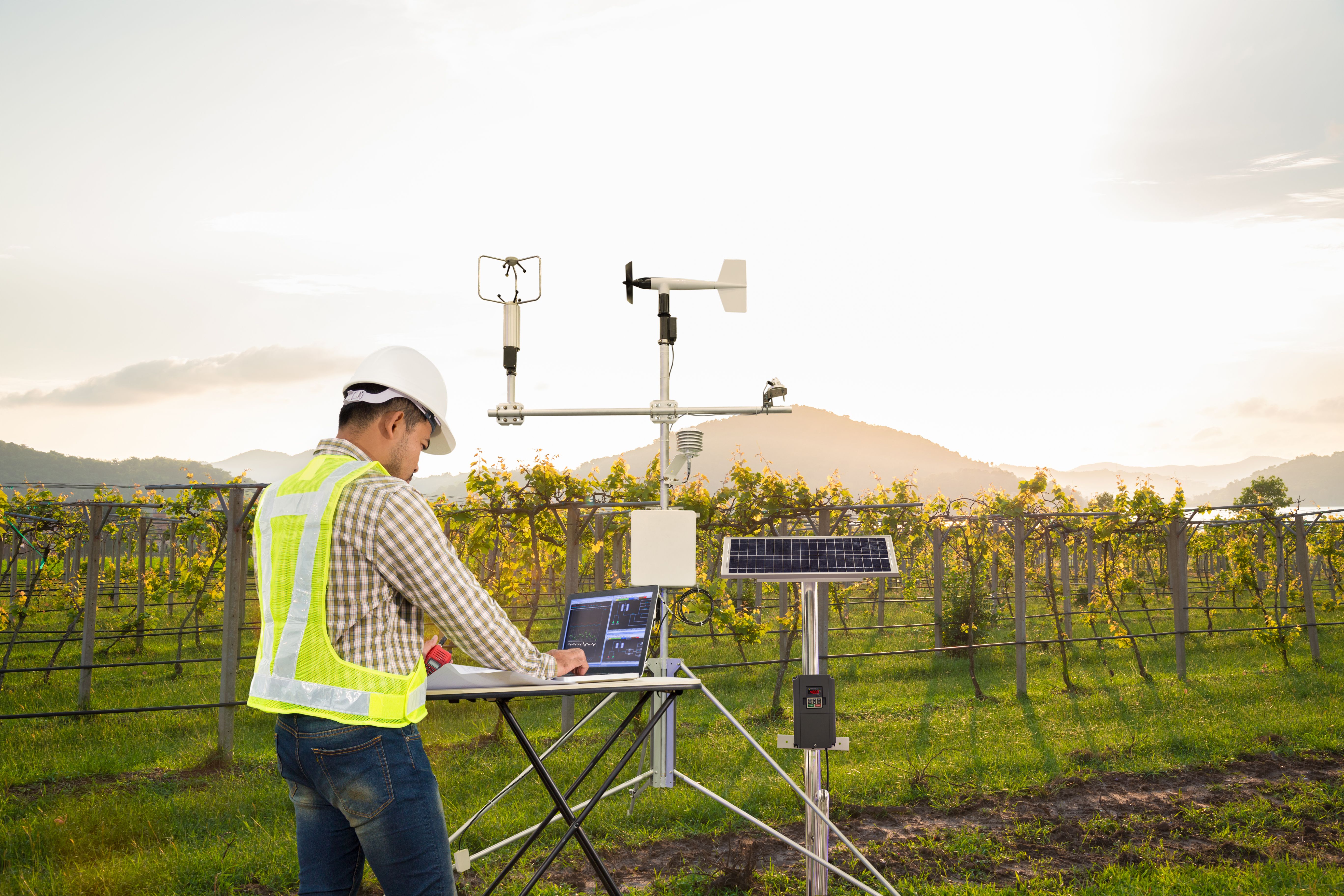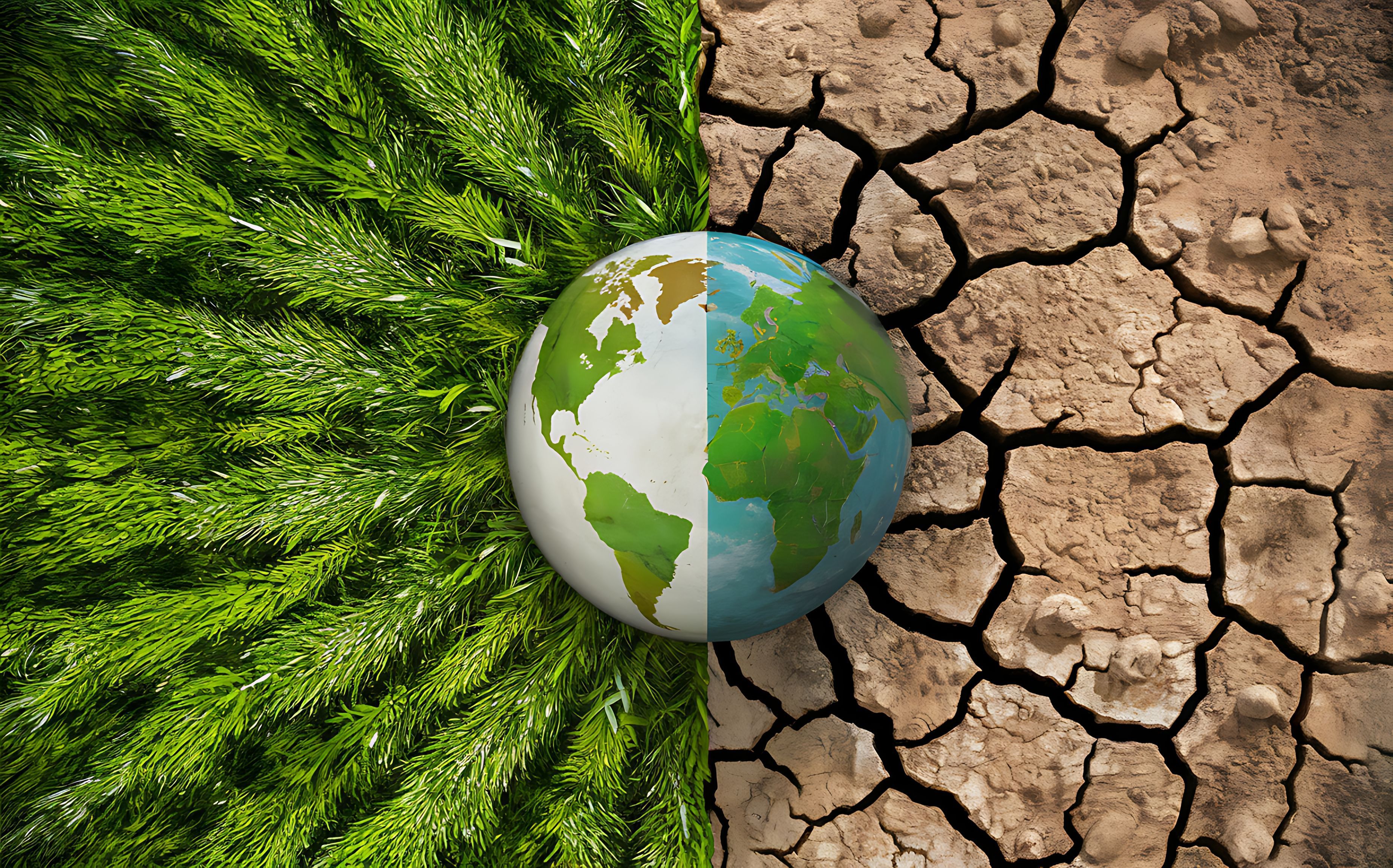The Rise of AI in Environmental Monitoring
Introduction to AI in Environmental Monitoring
In recent years, the integration of artificial intelligence (AI) into various sectors has been transformative, and environmental monitoring is no exception. As the world faces unprecedented environmental challenges, AI offers innovative solutions for data collection, analysis, and interpretation, providing critical insights into our planet's health.
AI technologies are particularly adept at processing vast amounts of data quickly and accurately. This capability is crucial for environmental science, where data is not only abundant but often complex and multi-dimensional. By harnessing AI, researchers and policymakers can make more informed decisions to protect and preserve natural ecosystems.

AI's Role in Data Collection
One of the primary applications of AI in environmental monitoring is in data collection. Traditional methods of data gathering can be labor-intensive and time-consuming. However, AI-powered sensors and drones are revolutionizing this process by automating the collection of environmental data.
Drones equipped with AI algorithms can survey large areas in a fraction of the time it would take a human team. They can capture high-resolution images and videos, which are then analyzed using machine learning models to detect patterns and anomalies in real-time.
The Power of Predictive Analytics
Predictive analytics is another area where AI is making a significant impact. By analyzing historical data, AI can forecast future environmental conditions and trends. This capability is invaluable for anticipating changes in air quality, weather patterns, and wildlife migration.

AI-driven predictive models help governments and organizations prepare for natural disasters such as hurricanes, floods, and wildfires. Early warnings based on AI predictions can save lives and minimize economic losses by enabling timely evacuations and resource allocation.
AI in Climate Change Research
Climate change remains one of the most pressing global issues, and AI is playing a crucial role in understanding and addressing its impacts. Machine learning models are used to simulate climate scenarios and assess the effectiveness of mitigation strategies.
By processing satellite imagery and other geospatial data, AI can monitor deforestation, melting ice caps, and changes in sea levels. This information is vital for international efforts to combat climate change and for setting realistic targets for reducing carbon emissions.

Enhancing Biodiversity Conservation
Biodiversity conservation is another critical area where AI is making strides. AI technologies are used to identify and track species, particularly those at risk of extinction. Automated cameras and audio sensors deployed in remote habitats collect data that is analyzed using AI to monitor animal populations and their behaviors.
This approach allows conservationists to understand the dynamics within ecosystems better and implement targeted protection measures. Additionally, AI helps in combating poaching by predicting hotspots and optimizing patrol routes for wildlife protection teams.
Conclusion
The rise of AI in environmental monitoring signifies a significant advancement in our ability to protect the planet. By enhancing data collection, predictive analytics, climate research, and biodiversity conservation, AI provides powerful tools to tackle some of the most critical environmental challenges of our time.
As technology continues to evolve, it is crucial for policymakers, scientists, and communities to collaborate in integrating AI solutions into environmental strategies. Together, we can harness the potential of AI to secure a sustainable future for generations to come.
